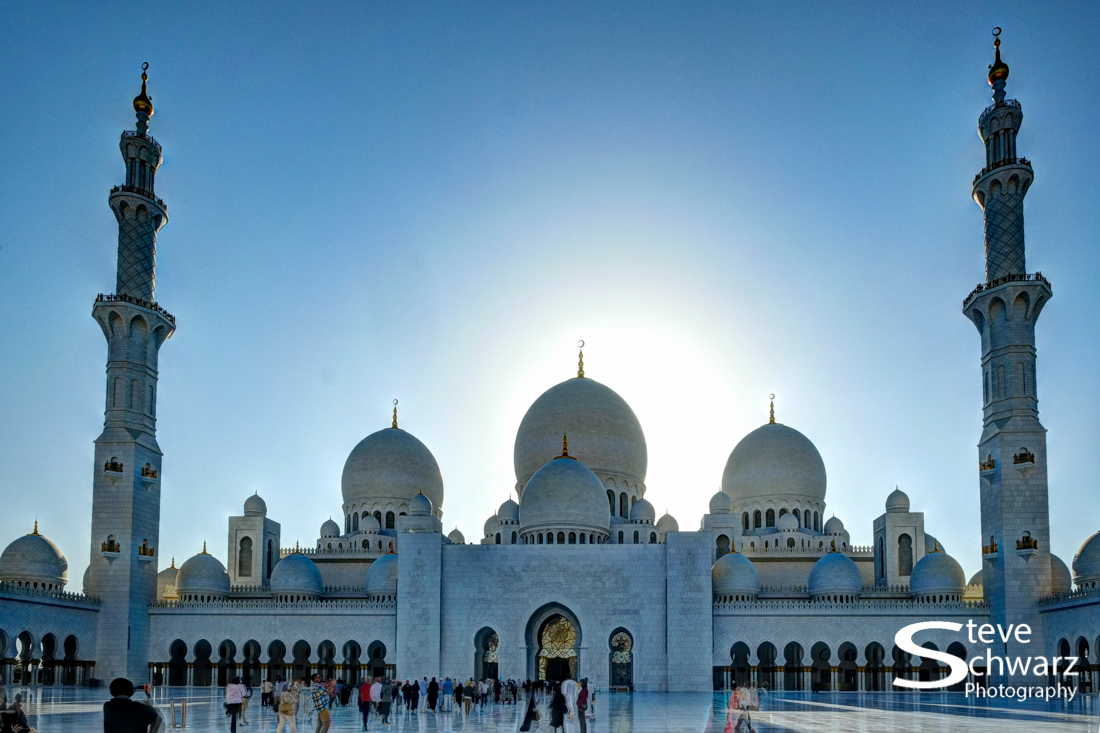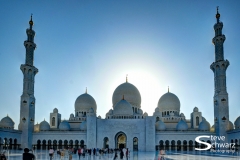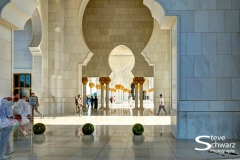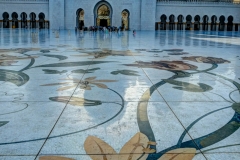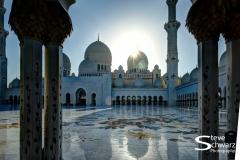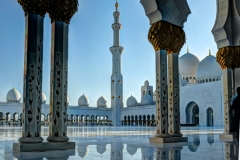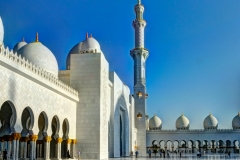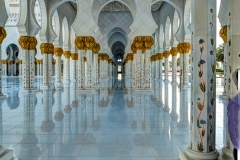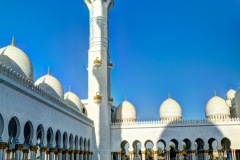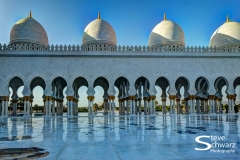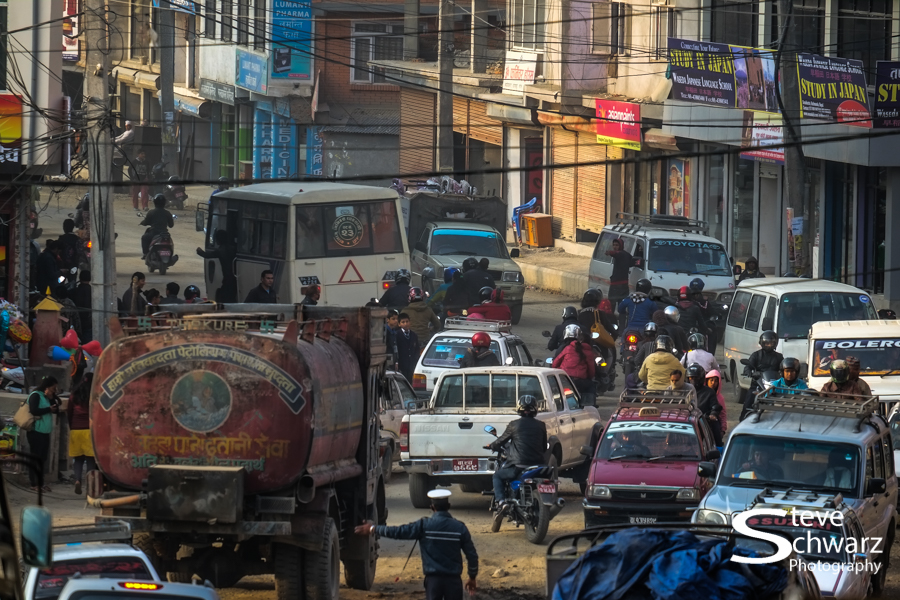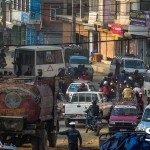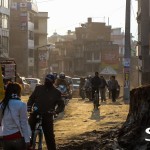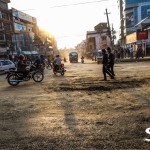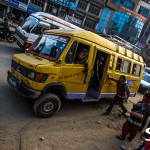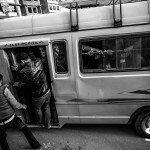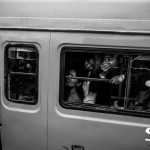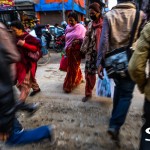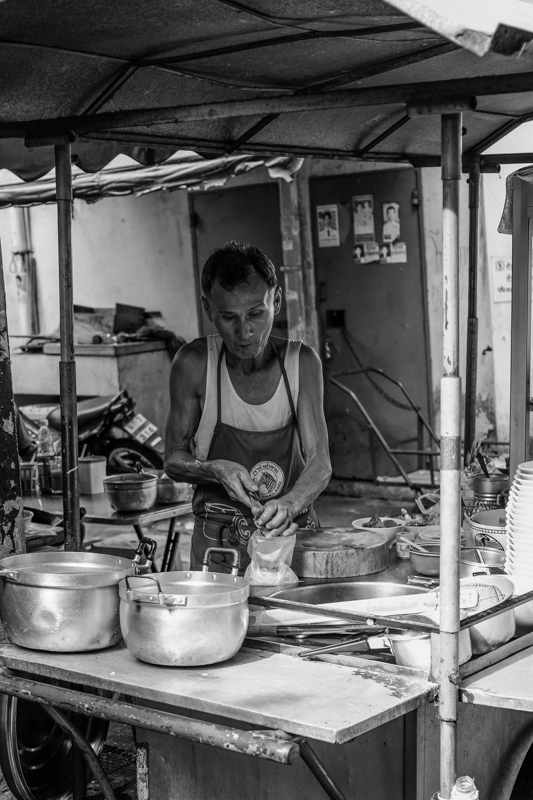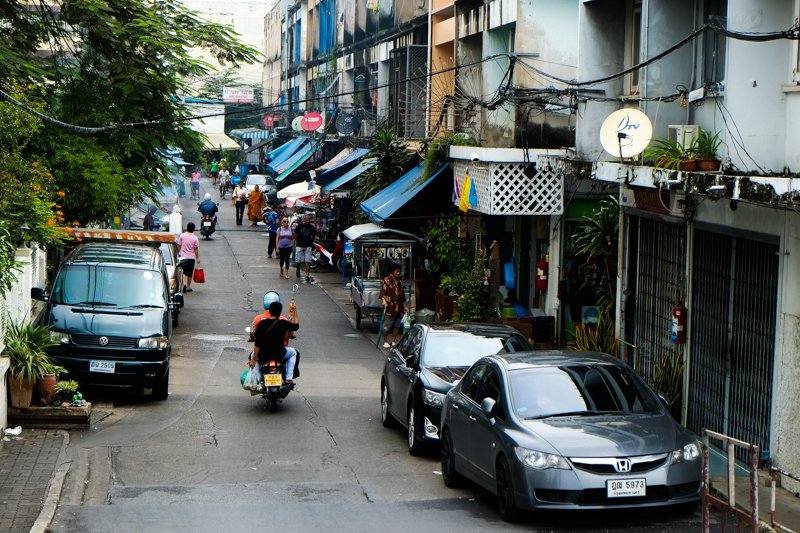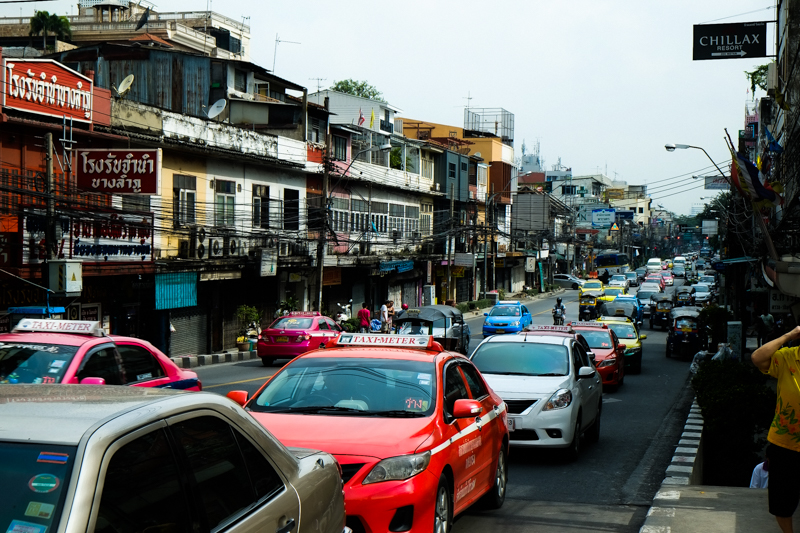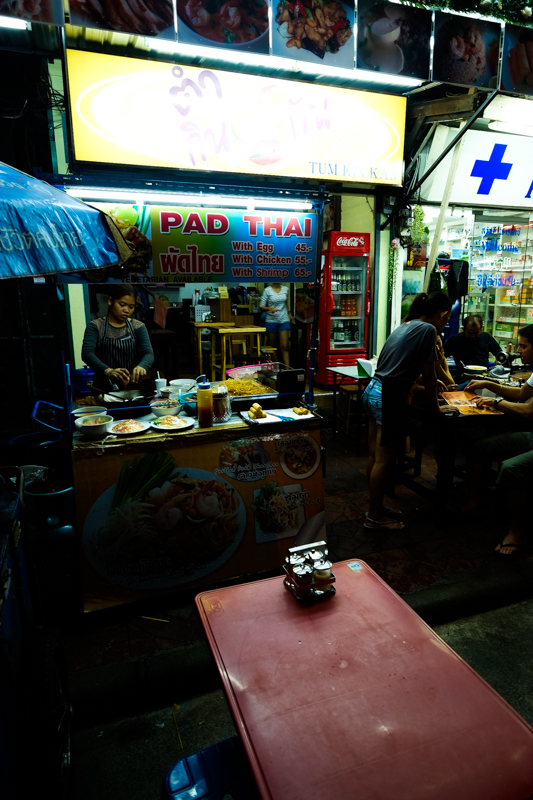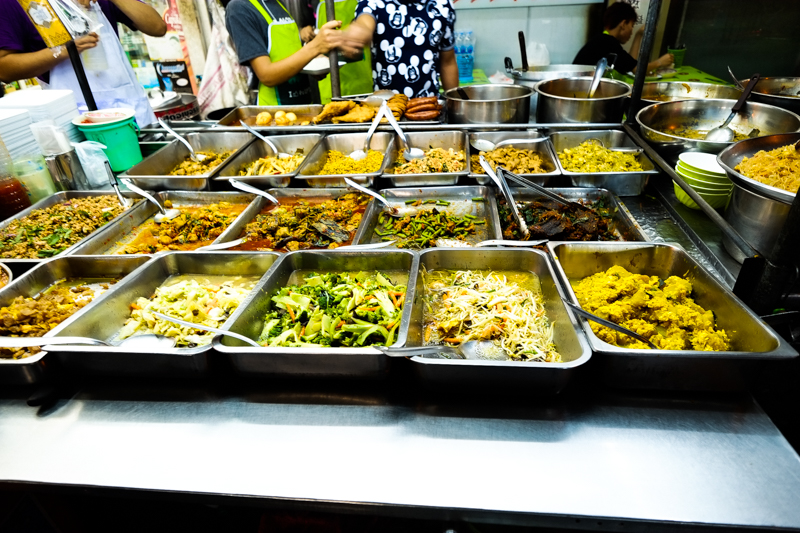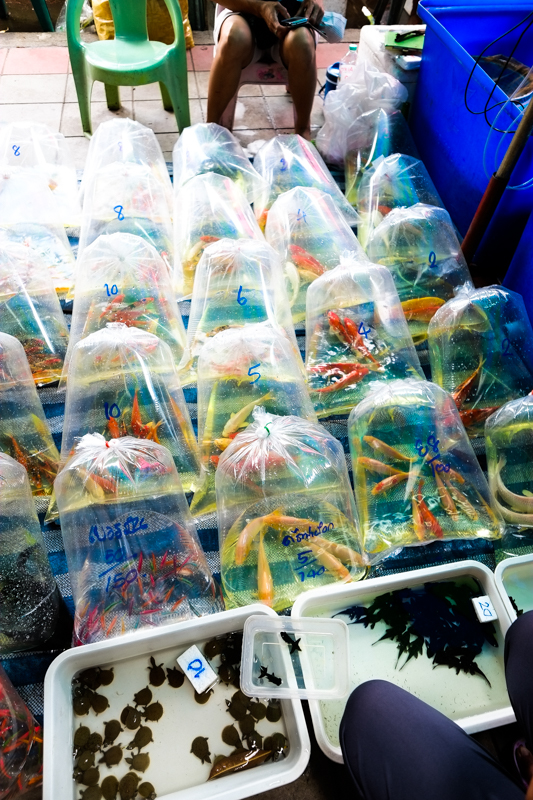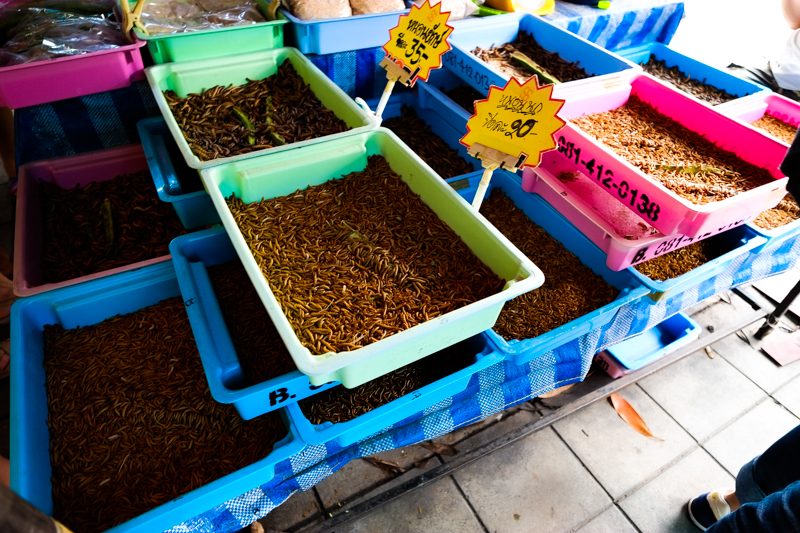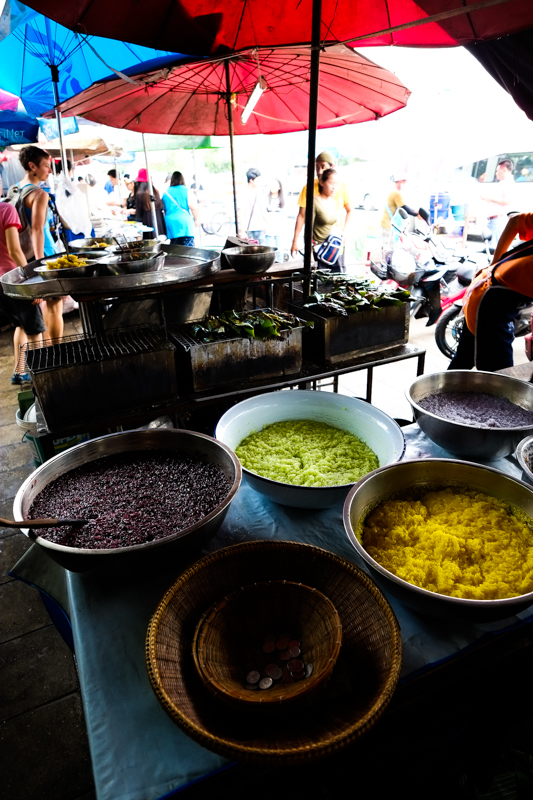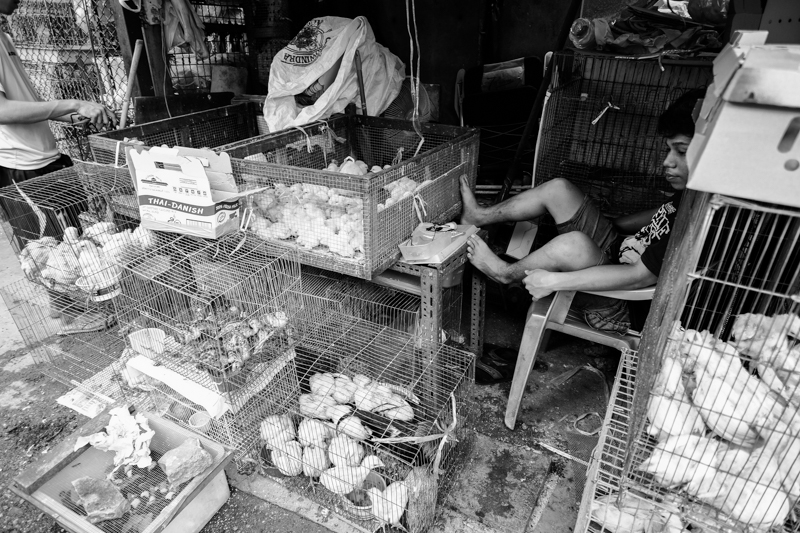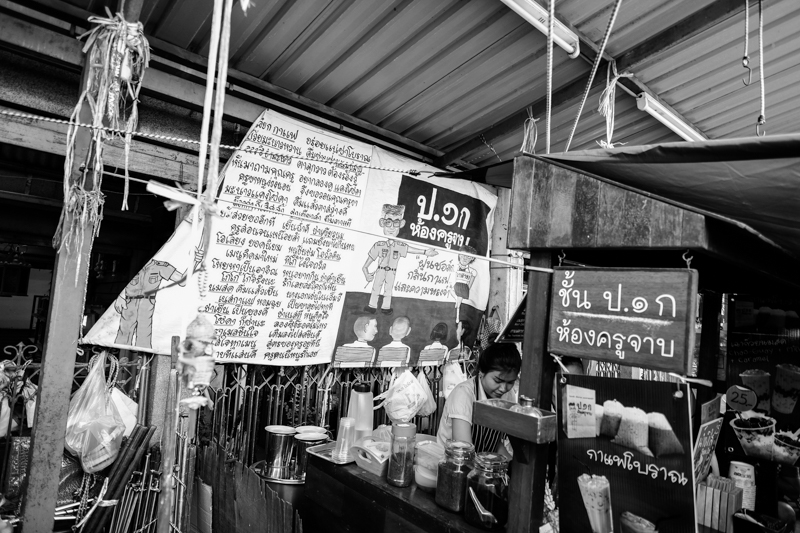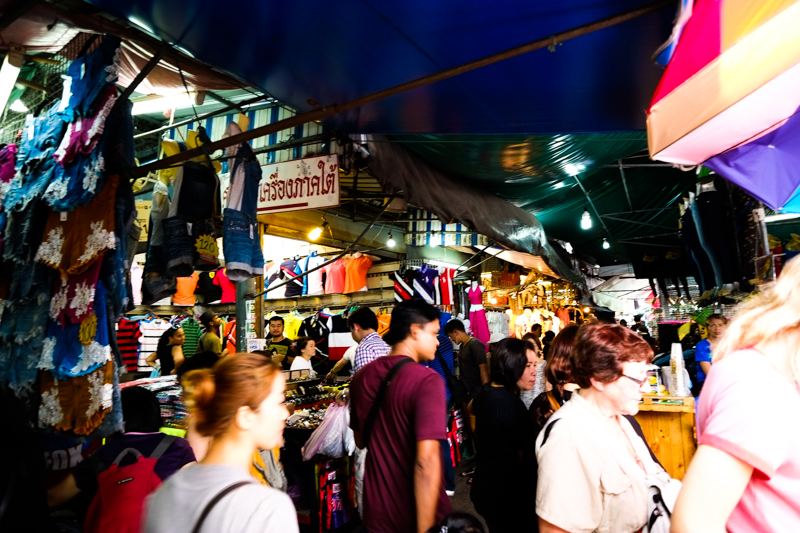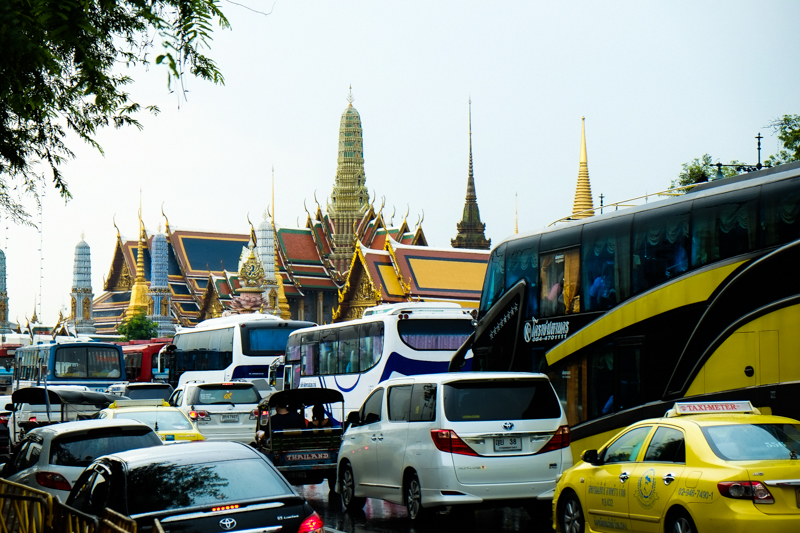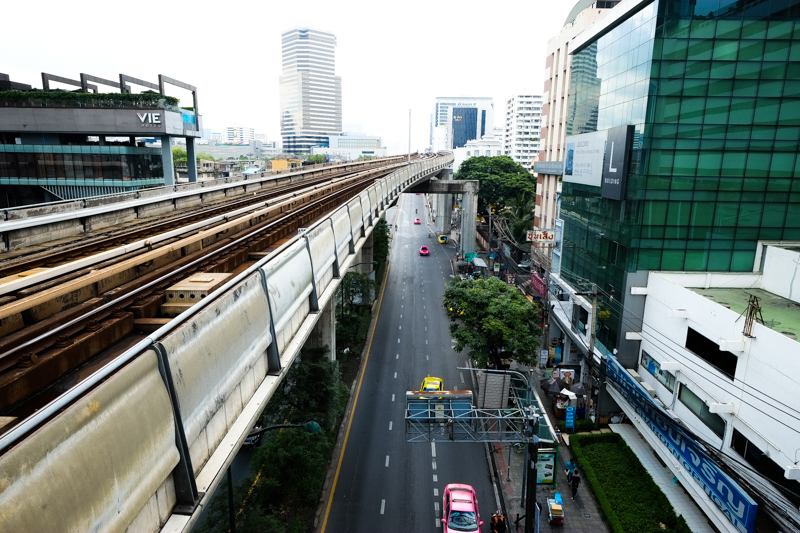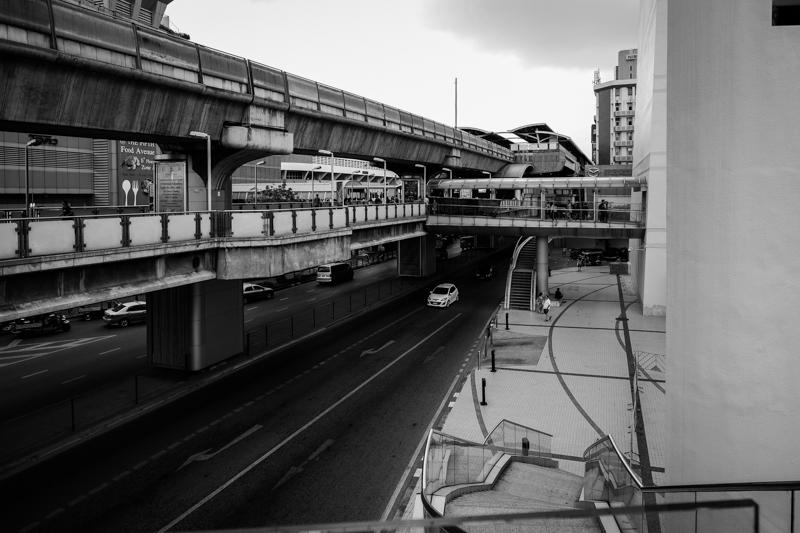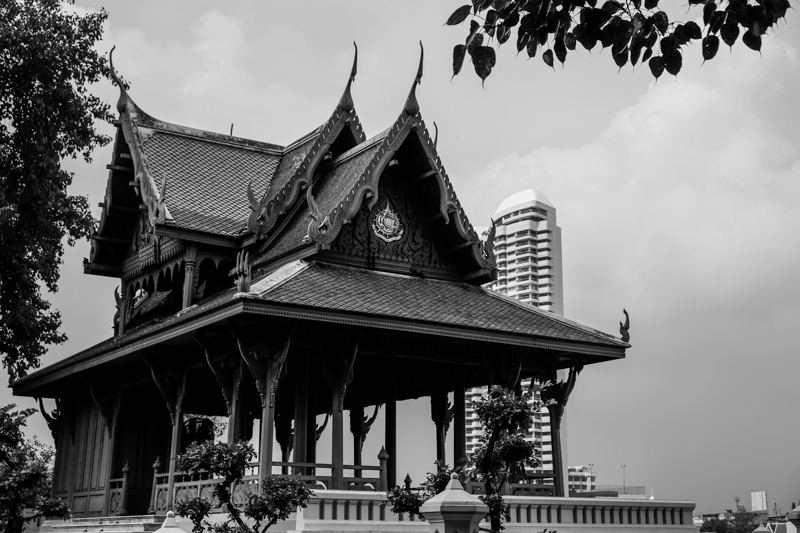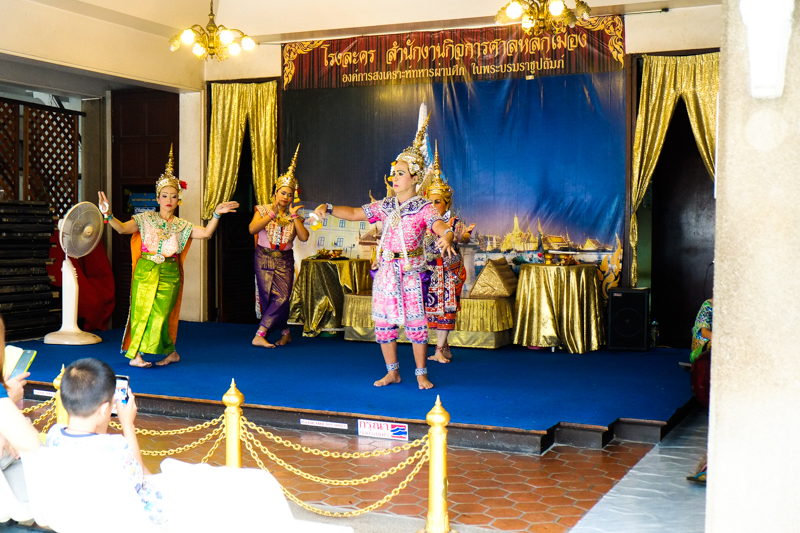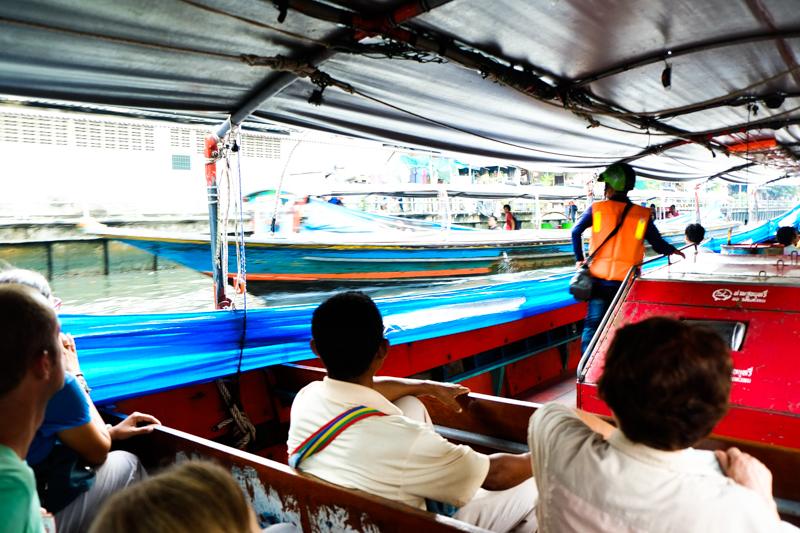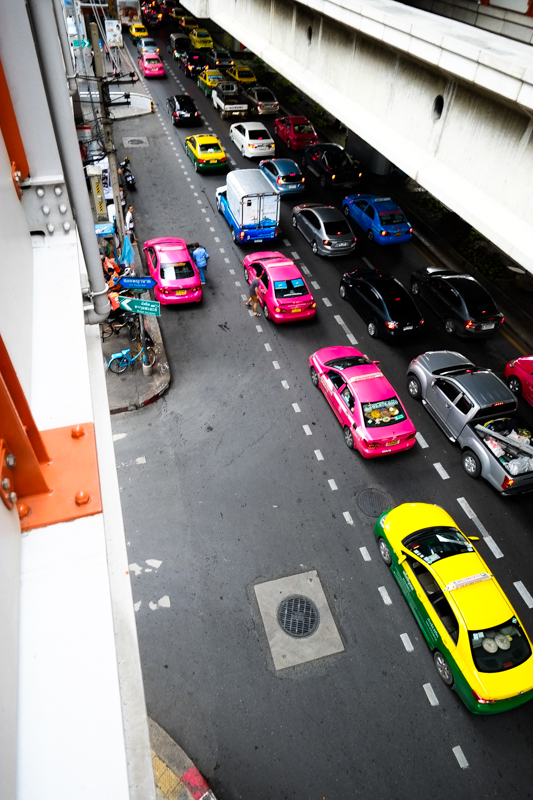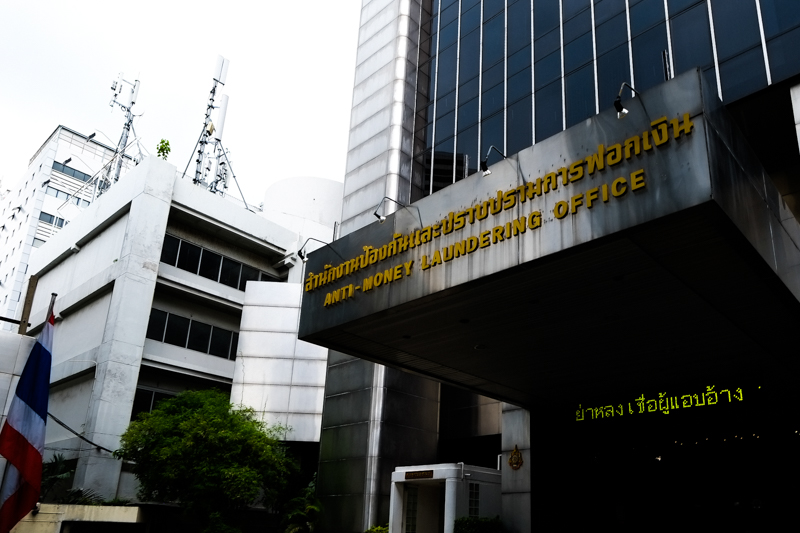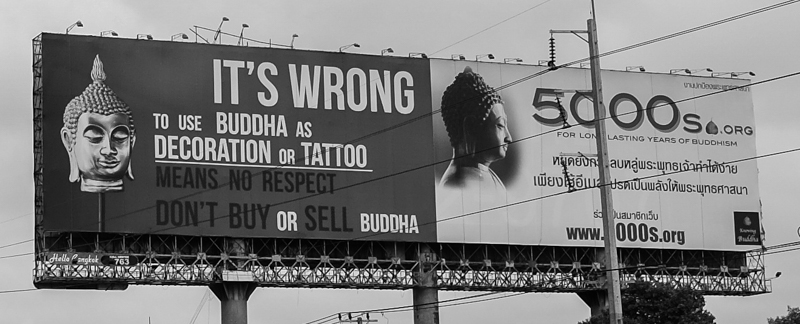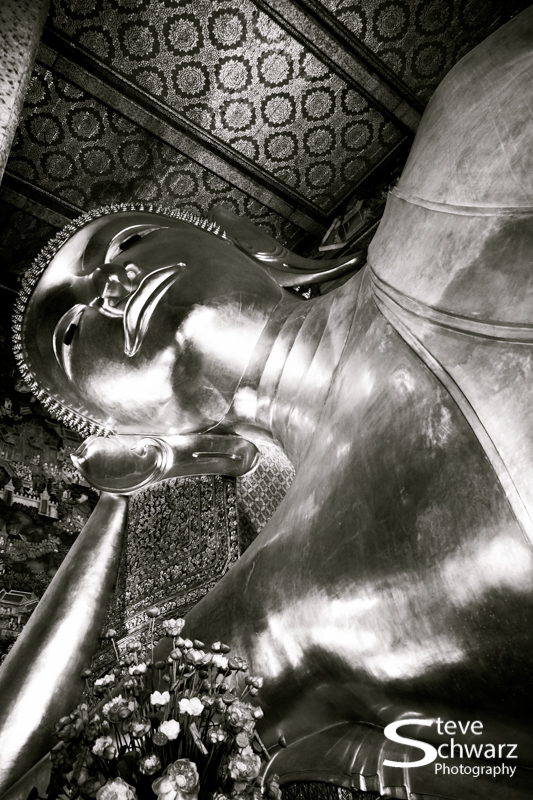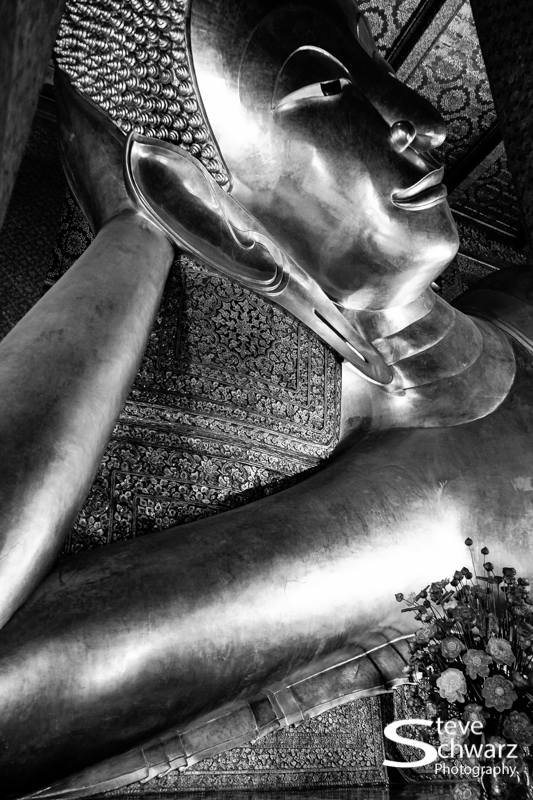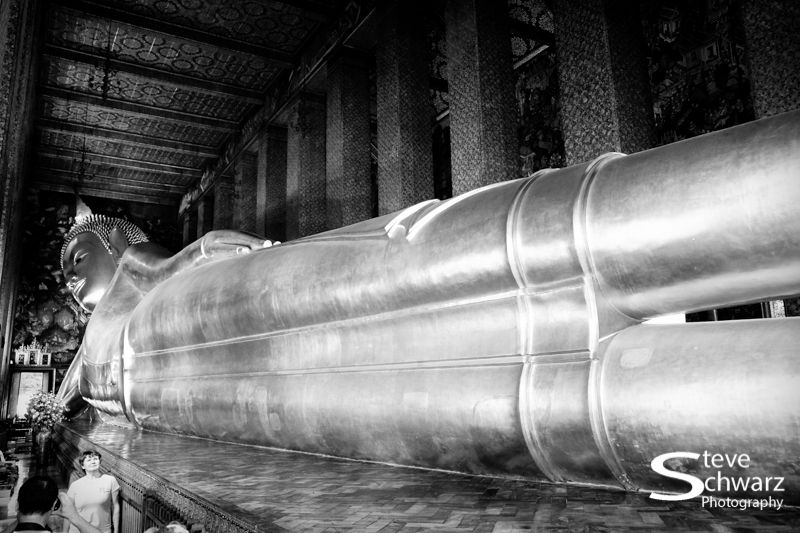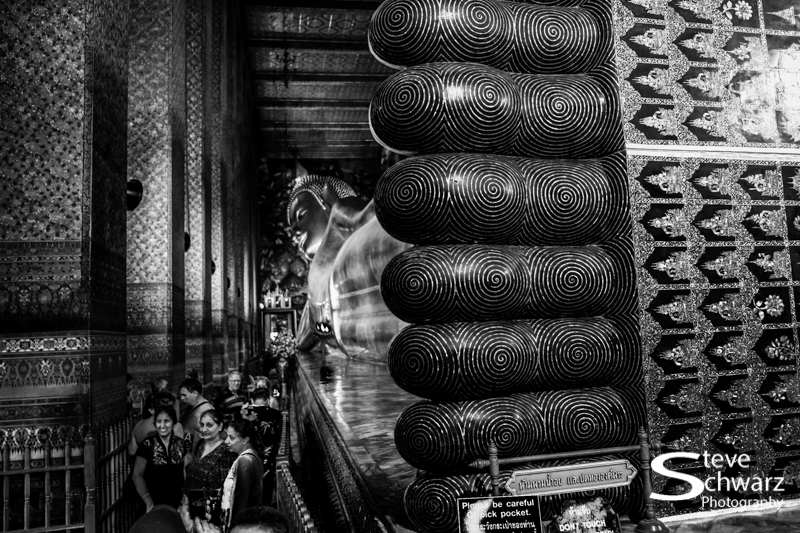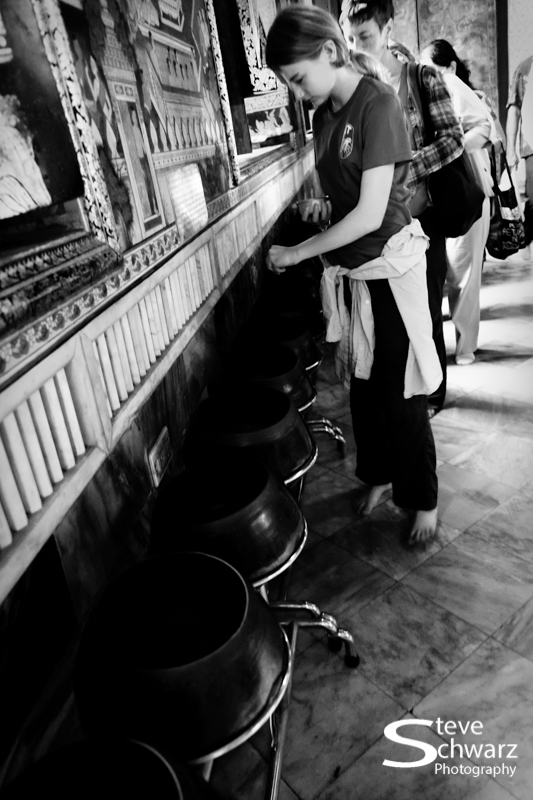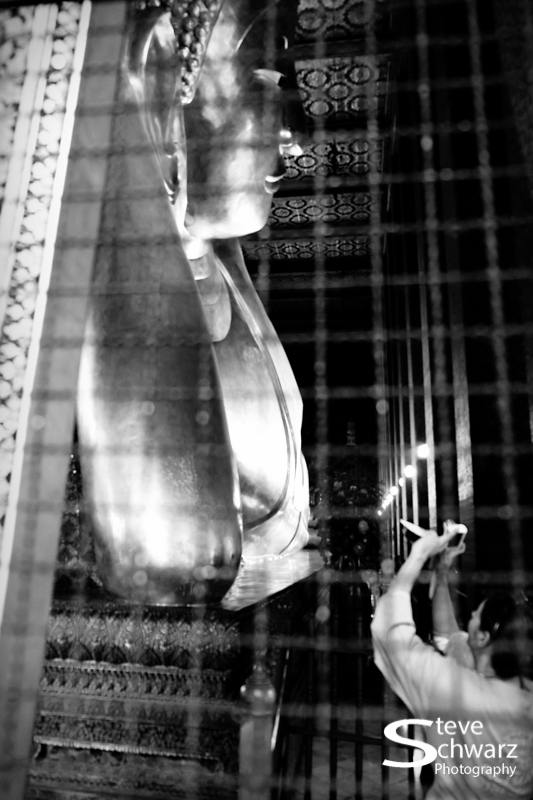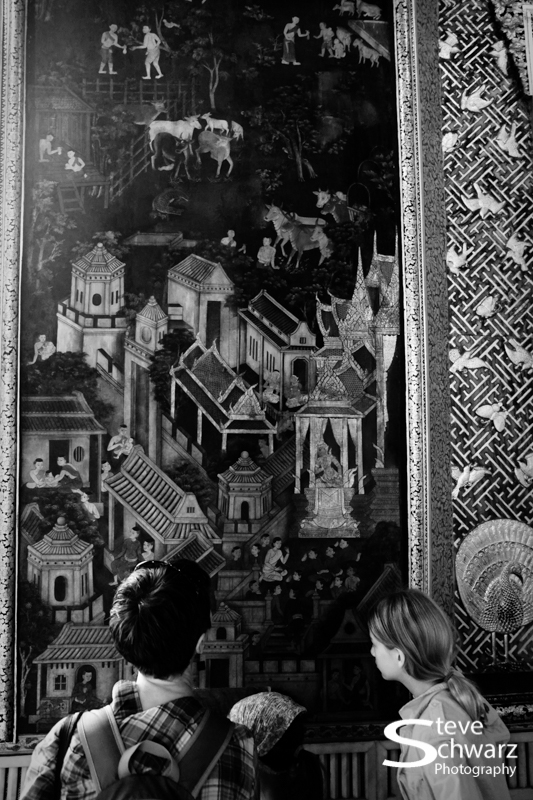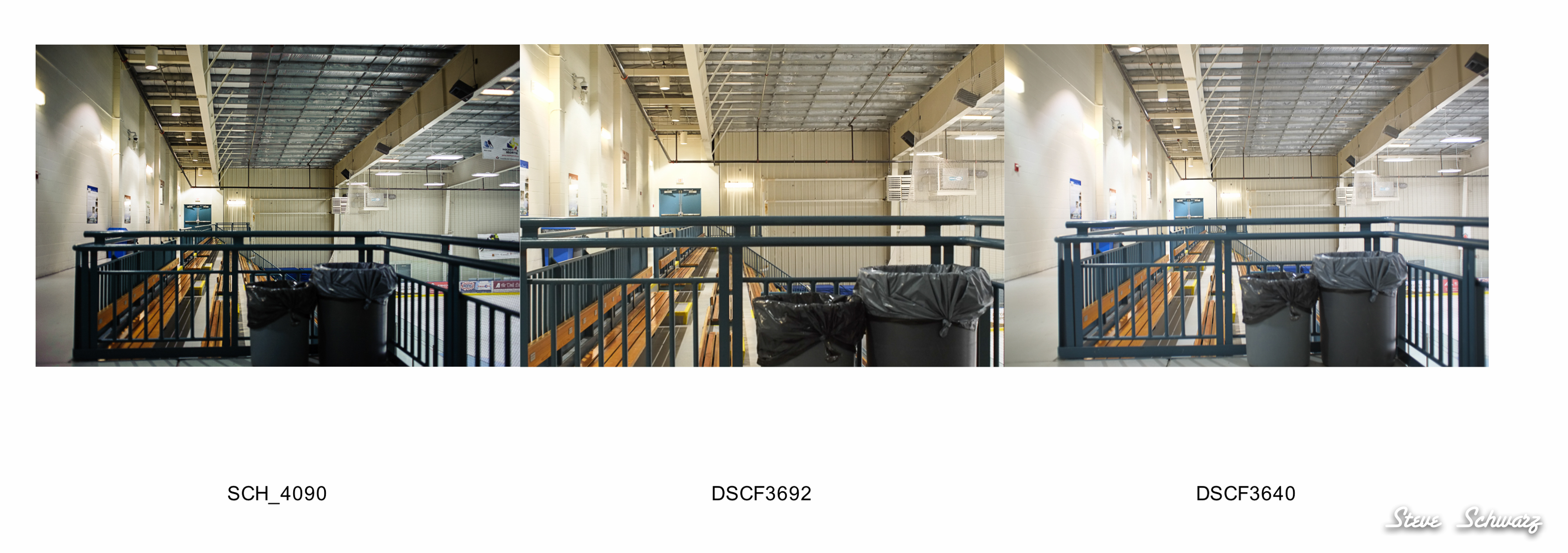Testing out Leica R 19mm f/2.8 (version 1) and Leica R 35mm f/2.8 lenses on a Nikon D700 and Fuji-X cameras (X-E1 and X-PRO1)
On the Fuji-X cameras, I also compared the Leica R Elmarit (19mm and 35mm) with a regular adapter (a simple tube with the appropriate lens mounts), and with a Metabones Speedbooster. The Metabones Speedbooster is a unique adapter that uses the full image circle of a full frame lens on a cropped sensor (APS-C) as used on the Fuji-X series. I won’t get into the specifics about the Speedbooster since there are tons of website and blogs describing how it works.
Note: There is no Metabones Speedbooster Leica R to Fuji-X adapter. The Leica R lenses were modified with a Leitax (Leica-R to Nikon) adapter. See www.leitax.com/leica-lens-for-nikon-cameras.html for more info on the Leitax adapter. Although Leitax does make Leica-R to Fuji-X, I used the Leitax (Leica R to Nikon G) adapter to allow the Leica R lenses to be used on my Nikon D700.
These images illustrate the different ‘looks’ with different cameras, and the different field of view between the different adapters.
Since the settings on my X-PRO1 and X-E1 differ, I have included sample photos from both. None of the images have been edited, other than default setting in Lightroom.
Compare Leica R 19mm f/2.8 (Manual Focus)

From left to right Leica 19mm on Nikon D700, Fuji X-PRO1, and Fuji X-E1. Both X-PRO1 and X-E1 had the regular adapter. See info below. Click on the image to Enlarge.
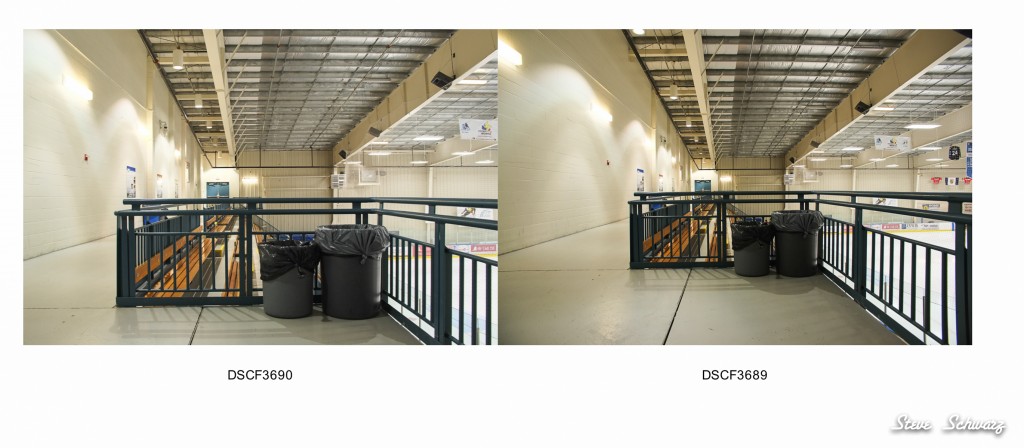
Leica-R 19mm on X-PRO1 with regular adapter (left), and Metabones Speedbooster (right). Click on the image to Enlarge.
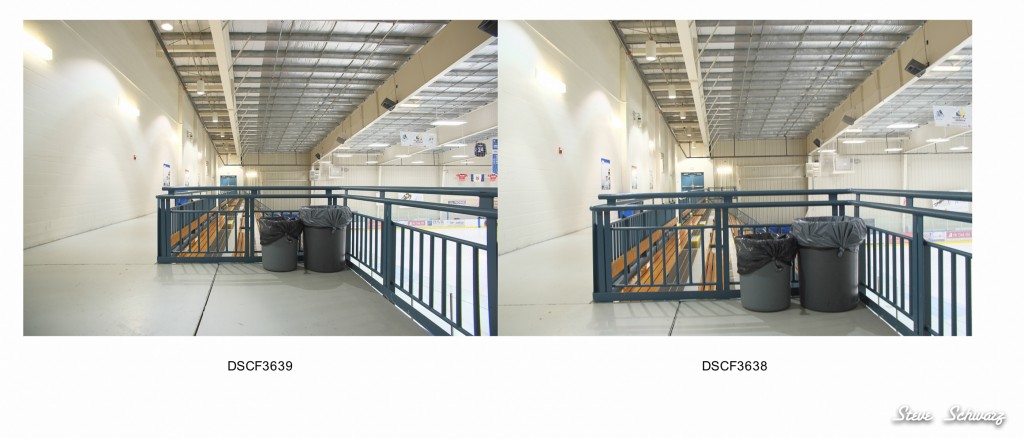
Leica-R 19mm on X-E1 with Metabones Speedbooster (left) and regular adapter (right). Click on the image to Enlarge.
Compare Leica R 35mm f/2.8 (Manual Focus)
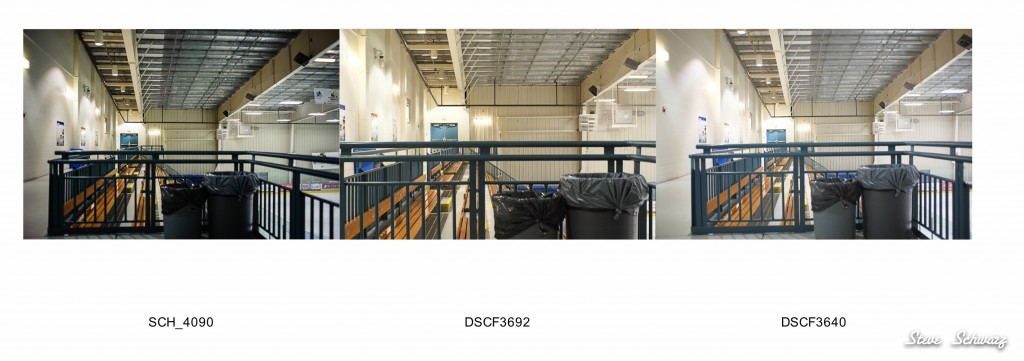
From left to right Leica 35mm on Nikon D700, Fuji X-PRO1, and Fuji X-E1. Click on the image to Enlarge.
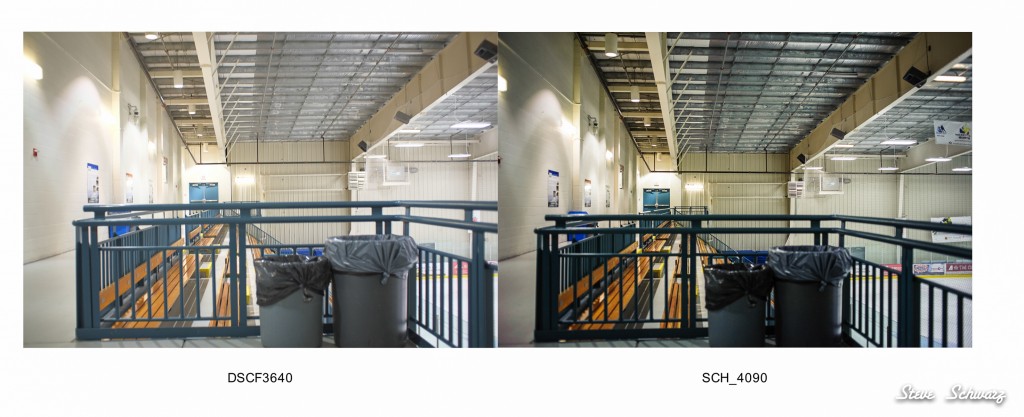
Leica-R 35mm on X-E1 with Metabones Speedbooster (left) and XPRO1 with Metabones Speedbooster (right). Click on the image to Enlarge.
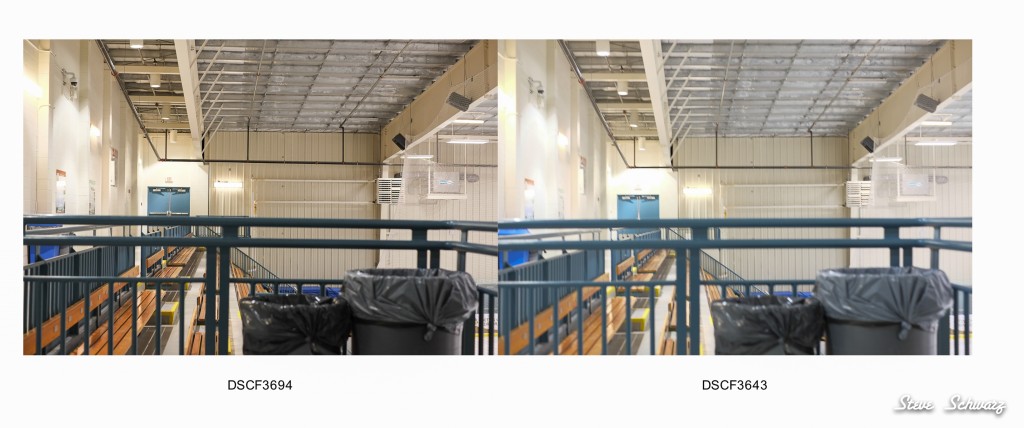
Leica-R 35mm on X-PRO1 with regular adapter (left) and X-E1 with regular adapter (right). Click on the image to Enlarge.
Compare Fuji-X 35mm f/1.4 on X-PRO1 and X-E1 (Auto Focus)
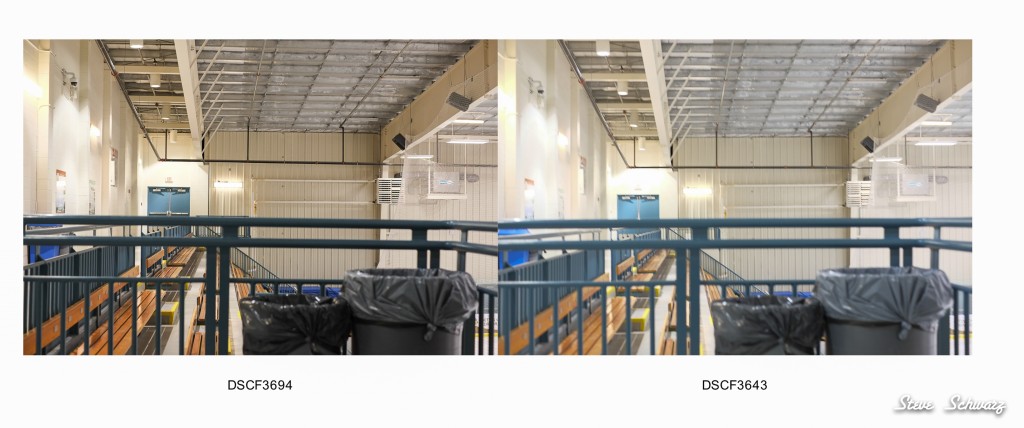
Fuji-X 35mm f/1.4 on X-PRO1 (left) and on X-E1 (right). Click to Enlarge.
Compared to using the Leica R lenses on a Fuji-X camera, the Fuji-X 35mm f/1.4 definitely has the auto focus advantage. Will I keep using manual focus Leica R lenses on the X-PRO1, and X-E1 ?. Even with the zoom function on the ‘M’ setting, it is still a challenge to focus and I certainly don’t recommend using a manual focus lens on a Fuji-X camera if the subject is moving. Using Leica R lenses on the Nikon D700 is much easier thanks to the super large view finder and also has focus confirmation making manual focus relatively easy.
Reviewing the photos taken with the regular adapter and the Metabones Speedbooster, the images appear sharper and have more contrast with the Speedbooster. The Metabones Speedbooster isn’t cheap, then again, neither are Leica R lenses, so you get what you pay for. According to the previous owner, the Speedbooster that I purchased was defective since it did not focus at infinity, and it would have cost too much $ to send the Speedbooster back to have it adjusted. There is a real easy fix to the infinity problem with Metabones Speedboosters.
1) Loosen the small screw on the rear of the adapter. 2) Take note where the lens element is in its rotation. 3) Turn the lens element to move it closer or further from the film plane. 4) Tighten the screw. 5) Check infinity focus. 6) Repeat until happy.
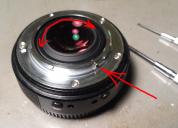 Photo and instructions from
Photo and instructions from
fredfred27 November 2013 (http://www.personal-view.com/talks/discussion/5770/metabones-lens-speed-booster-adapter-focal-reducer/p25)
See also the instructions on the Metabones webpage (http://www.metabones.com/article/of/infinity-adjustment-speed-booster-only)
Although not shown here, I’ve also been testing the Metabones Speedbooster with my other Leitax adapted Leica-R lenses, including the 19mm f/2.8 Elmarit Version 1, 35mm f/2.8 Elmarit (version ?), Leica 80-20mm f/4 ROM, 90mm f/2.0 Summicron, and 135mm f/2.8 Elmarit. All work fine, and are easy to focus. The 35mm Elmarit did have a problem with infinity focus that was not related to the screw adjustment in the Speedbooster, instead, a small metal flange in the lens was hitting the glass on the Speedbooster. Having taken the back end off the Leica-R lenses swap out the original Leica-R lens mount and attaching a Leitax Nikon lens mount it was an easy task to once again open up the back of the Leica-35mm lens and wrap up the lens with tape and tissue, then carefully file down the small piece of metal flange. The while process only took a few minutes.
Will I keep the Metabones Speedbooster ?, right now I am undecided.
